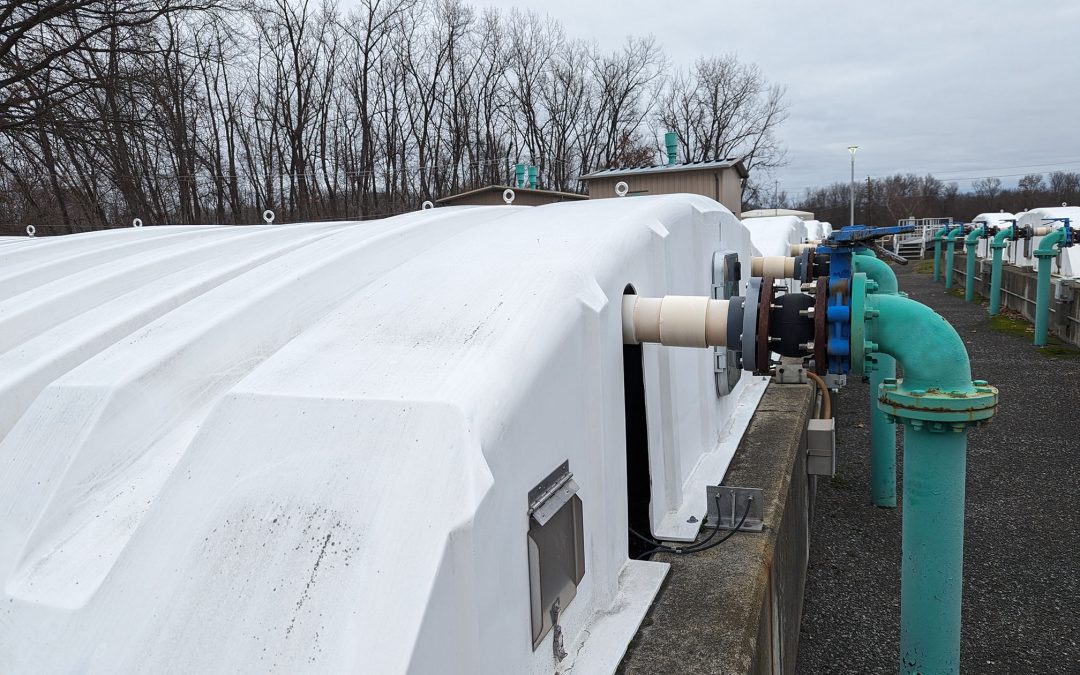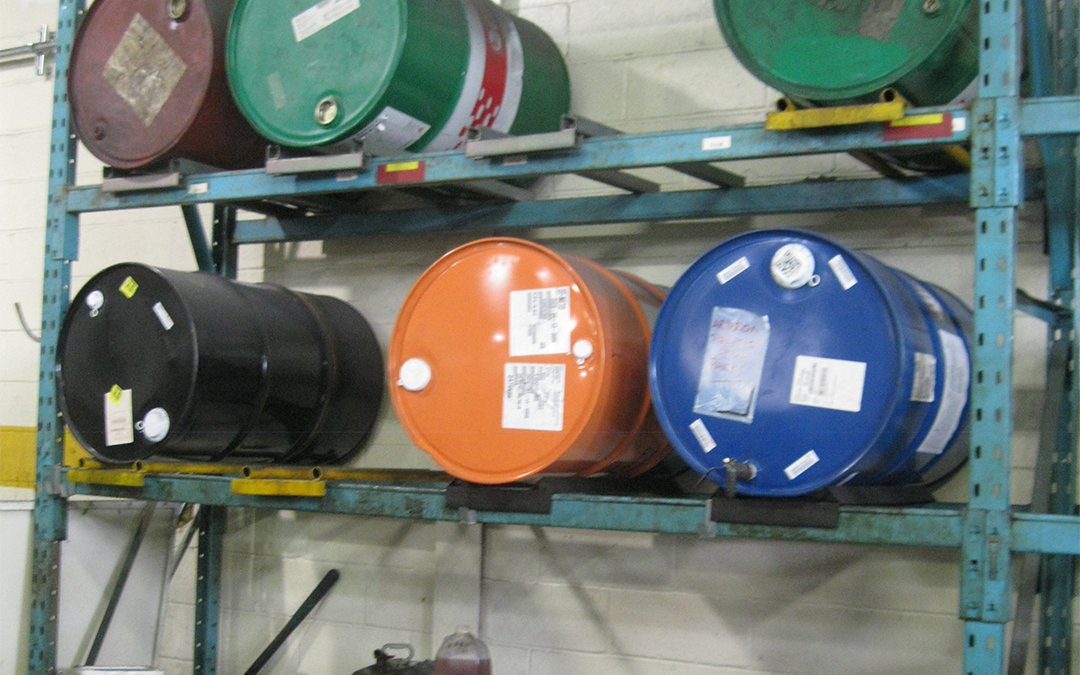
NYS Disadvantaged Community and Environmental Justice Requirements
New York State passed the Climate Leadership and Community Protection Act, Chapter 106 of the Laws of 2019 (CLCPA or Climate Act). Portions of this law were written to directly address the impact that climate change is having on what is described as disadvantaged...

Walden Helps Municipalities Develop Staffing and Retention Plans for NYS Asset Management Program
NYS Asset Management Program for Publicly Owned Utility Systems Walden recently started work on an Asset Management Plan (AMP) for the Town of Ulster, NY. To learn more about what an AMP is, and how Walden is working with the New York State Department of Environmental...

NYSDEC Proposes Amendments to Rule 6 NYCRR Part 490: Projected Sea Level Rise
In 2014, the Community Risk and Resiliency Act (CRRA) added a new section to the New York State Environmental Conservation Law (ECL) that required the Department of Environmental Conservation (DEC) to adopt science-based sea level rise projections. DEC is proposing...

New York City Energy Benchmarking Reporting due May 1, 2024
In 2009, the City of New York (NYC) passed Local Law 84 (LL84), which places a crucial responsibility on owners of buildings that meet certain criteria established with the passage of the law. They are required to report annually by May 1 of each year on their...

Walden Assists Municipalities in Developing Level of Service Goals for New York’s Wastewater Infrastructure Asset Management Plan Programs
NYS Asset Management Program for Publicly Owned Treatment Works Walden is continuing work on an Asset Management Plan (AMP) for the Town of East Greenbush, NY. To learn more about what an AMP is, and how Walden is working with the New York State Department of...

Deadline for Public Comments on Proposed 6 NYCRR Part 375 Amendments: May 21, 2024
Introduction to 6 NYCRR Part 375 6 NYCRR Part 375 Environmental Remediation Program regulations govern all environmental remediation efforts in New York State. The main focus of these regulations is to determine whether a site is contaminated with hazardous chemicals...

Protecting New York State’s Freshwater Wetlands
In the past, wetlands across the nation were treated as dumping grounds for waste. In the 1700s, more than half of the wetlands that existed in the contiguous United States were destroyed due to the pollution and filling in of these areas. You may be asking yourself:...

EHS Best Practices for Hazardous Waste Management: A Guide for Connecticut Businesses
What Is Hazardous Waste? If you operate a business in Connecticut, the Connecticut Department of Environmental Protection (CTDEEP) has specific language on its website to guide responsible parties in assessing what is considered hazardous and what is not. According to...

Asset Management Plans: Asset Inventories and Condition Assessments
Introduction Walden is currently working on an Asset Management Plan (AMP) for wastewater collection and treatment infrastructure for a town in New York State’s Capital Region. To learn more about what an AMP is and how Walden is working with the New York State...

How Will the CLCPA Impact Solid Waste Management Facilities?
New York State passed the Climate Leadership and Community Protection Act, Chapter 106 of the Laws of 2019 (CLCPA or Climate Act). This law is intended to significantly reduce the impact New York State has on climate change and to ensure that these changes do not...
